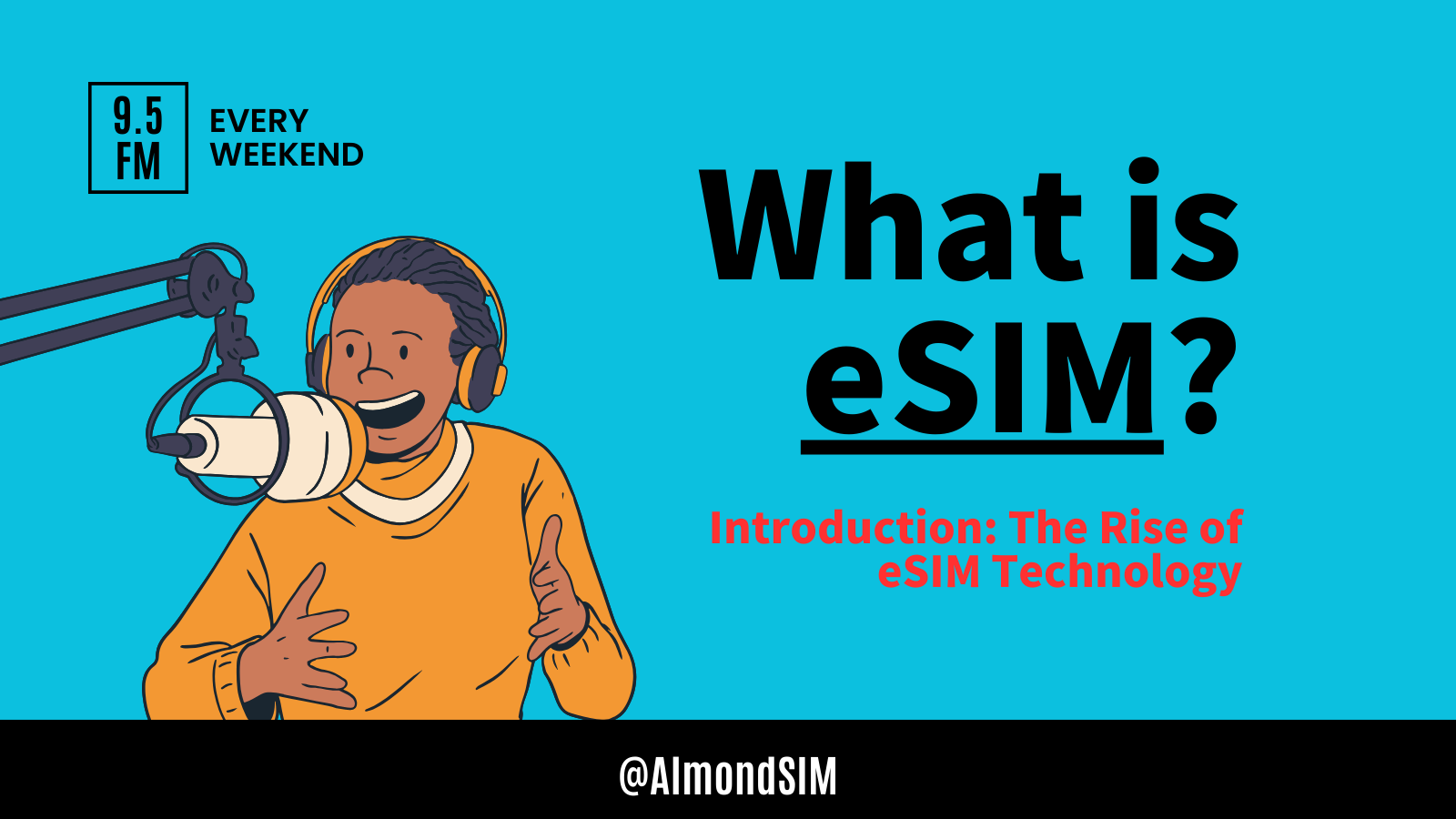Bigconnect coporation
2F,2-12-13 Shinjuku Antel Salon
Bld., Shinjuku, Shinjuku-Ku,
Tokyo To, 160-0022,Japan

The way we connect to mobile networks is evolving. Traditional SIM cards, which require physical swapping and manual activation, are gradually being replaced by eSIM (embedded SIM) technology.
If you've ever wondered, "What is eSIM?" or "Why should I switch to eSIM?", this guide will explain everything you need to know. We'll also explore common use cases and why eSIM is becoming the future of mobile connectivity.
An eSIM (embedded SIM) is a digital SIM built directly into a device.
Unlike traditional plastic SIM cards, an eSIM does not need to be physically inserted or swapped. Instead, it can be activated remotely by scanning a QR code or downloading a mobile carrier profile. This means you can switch carriers and plans without changing a physical card.
1. No physical SIM card needed
No need to insert or remove a SIM card when changing networks.
2. Multiple profiles on one device
Store multiple eSIM profiles and switch between carriers easily.
3. Ideal for international travel
No need to buy a local SIM; simply activate an eSIM plan before arriving.
4. More secure
Since eSIMs are built into devices, they cannot be lost or stolen like traditional SIM cards.
5. Better for the environment
Reduces plastic waste from disposable SIM cards.
Many users are switching from traditional SIM cards to eSIM because of its convenience and flexibility. Here are a few reasons why eSIM is a better option:
With an eSIM, you can activate your phone's mobile plan instantly without waiting for a SIM card to arrive in the mail. Just scan a QR code or download a carrier profile, and you're ready to go.
For frequent travelers, eSIM is a game-changer. Instead of buying a local SIM card in every country, you can simply purchase an eSIM plan online and activate it upon arrival. This eliminates the hassle of finding a local provider and swapping SIM cards.
Many smartphones now support dual SIM mode with one physical SIM and one eSIM. This is ideal for separating personal and work numbers or keeping a local and international number on the same device.
Beyond smartphones, eSIM is widely used in smartwatches (like the Apple Watch and Samsung Galaxy Watch), tablets (such as iPads), and even laptops. This allows users to stay connected without relying on WiFi.
More and more smartphone manufacturers are adopting eSIM technology. Apple, Google, and Samsung are already making eSIM-compatible devices, and it’s expected that future smartphones may no longer have a SIM card slot.
eSIM is transforming the way we connect. Here are some of the most common scenarios where eSIM is particularly useful:
With eSIM, you can purchase affordable local data plans before your trip, eliminating the need for expensive roaming fees. Services like AlmondSIM, Airalo, and Holafly offer eSIM plans for various destinations.
Professionals who need multiple phone numbers can keep one number for work and another for personal use, all on the same device.
eSIM is essential for smartwatches like the Apple Watch and Samsung Galaxy Watch. With an eSIM, your watch can make calls, send messages, and access data without needing to be connected to a smartphone.
eSIM is widely used in IoT (Internet of Things) devices, including GPS trackers, connected cars, and security systems, offering better connectivity and remote management options.
Setting up an eSIM is straightforward. Here’s a step-by-step guide for iPhone and Android devices:
1. Go to Settings → Cellular → Add Cellular Plan.
2. Scan the QR code provided by your carrier or enter the activation details manually.
3. Follow the prompts to complete the setup.
4. Choose your eSIM as the default line for calls, messages, and data.
1. Go to Settings → Connections → SIM Card Manager.
2. Tap Add Mobile Plan and scan the QR code.
3. Follow the on-screen instructions to activate the eSIM.
Most recent smartphones, including iPhone 14/15, Google Pixel 7/8, and Samsung Galaxy S23, support eSIM. Check with your phone manufacturer to confirm compatibility.
Yes! Many phones support dual SIM mode, allowing you to use both an eSIM and a physical SIM simultaneously.
Absolutely! eSIM allows you to switch carriers remotely without swapping a physical card. You can store multiple profiles and change providers as needed.
Go to your phone’s SIM settings and delete the eSIM profile. Note that deleting an eSIM may require reactivation from your carrier.
It depends on the provider, but eSIM plans often offer competitive rates, especially for international travel and data-only plans.
eSIM is the future of mobile connectivity, offering unparalleled convenience, flexibility, and security. Whether you're a frequent traveler, a business professional, or a tech enthusiast, switching to eSIM can simplify your mobile experience.
If you're looking for a reliable eSIM provider, AlmondSIM offers affordable eSIM plans for travel and everyday use. Check out the latest eSIM plans and make the switch today!